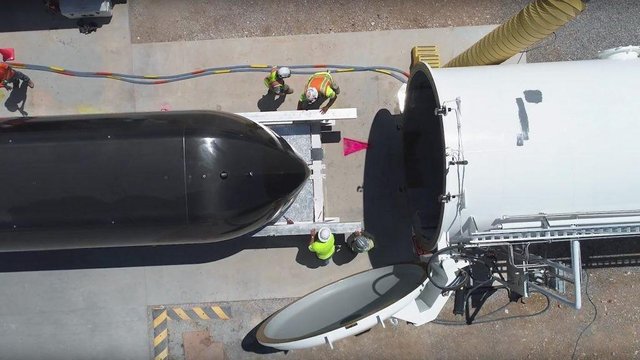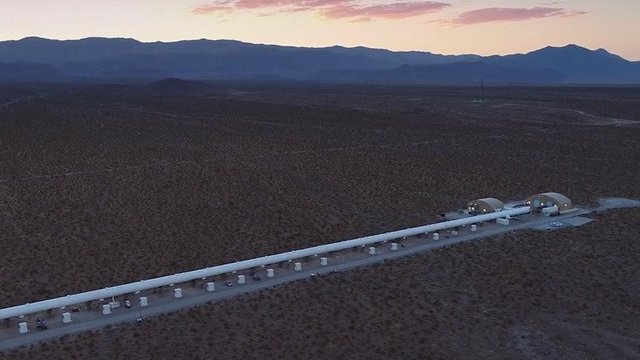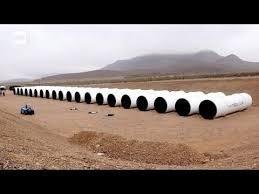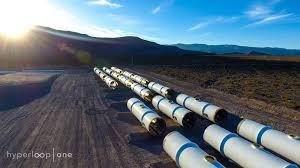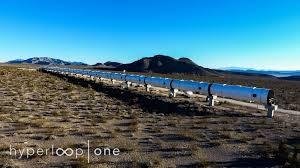The fastest way to travel, the near future of hyperloop
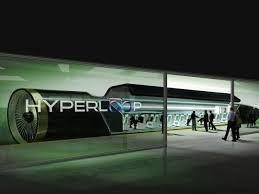
Elon Musk has started the building revolution for a new train system.
Dubbed Hyperloop, it will allow you to get from London to Edinburgh or LA to San Francisco in under 30 minutes. But what is it and how does it work? Good questions. Musk has likened it to a vacuum tube system in a building used to move documents from place to place. Confused? No worries. Here's everything you need to know about the futuristic train coming from the founder of Tesla and SpaceX.
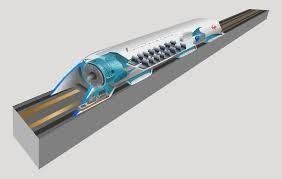
What is Hyperloop?
The Hyperloop is essentially a train that Musk calls "a cross between a Concorde, a railgun, and an air hockey table". It's based on the very high-speed transit (VHST) system proposed in 1972, which combines a magnetic levitation train and a low pressure transit tube. It evolves some of the original ideas of VHST, but it still uses tunnels and pods or capsules to move from place to place.
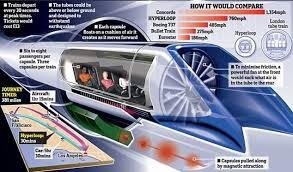
How does Hyperloop work?
Air bearings or maglev
One of the biggest problems with anything moving is friction, both against surfaces and the environment the pod is moving through.
Hyperloop proposes to move away from traditional wheels by using air bearings for pods instead. This will have the pod floating on air. It's similar to maglev, in which the electromagnetic levitation of the train means there is no friction like a traditional train that runs on tracks. This is how current maglev trains can achieve super speeds, like the 500km/h maglev train in Japan.
Another proposal, from Hyperloop Transportation Technologies, uses passive magnetic levitation, meaning the magnets are on the trains and work with aluminium track. Current active maglev needs powered tracks with copper coiling, which can be expensive.
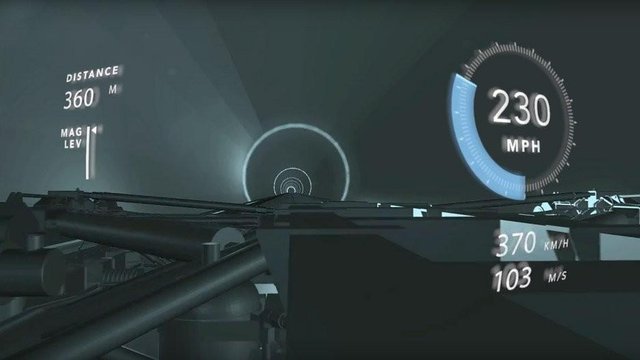
What speeds are proposed?
Hyperloop is being proposed as an alternative to short distance air travel, where the system will be much faster than existing rail networks and much cleaner that flight. Hyperloop isn't about going as fast as possible, because you'll have to deal with high G forces when it came to turns, which isn't ideal for passenger travel. Speeds of over 700mph are suggested for journeys.
But there are practical implications that have to be considered on a short stop-start journey, such as the acceleration and deceleration sensation that passengers would go through.
When will the Hyperloop arrive?
Hawthorne test track
Musk hasn't yet given a date when we can expect to see Hyperloop up and running, he's merely announced that it will be made.
A one-mile test track built by SpaceX adjacent to Hawthorne, its California headquarters, has been built, and the first successful trial has been carried out. Hyperloop One plans to send an 8.5-metre long pod down a set of tracks in Nevada. In May 2017, a pod levitated on a separate test track in Nevada for 5.3-seconds and reached 70mph.
